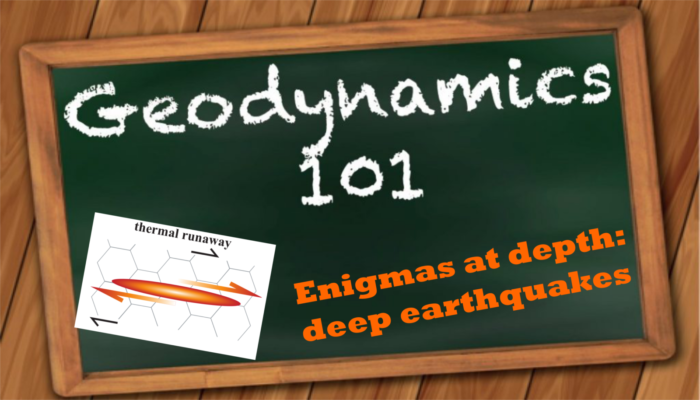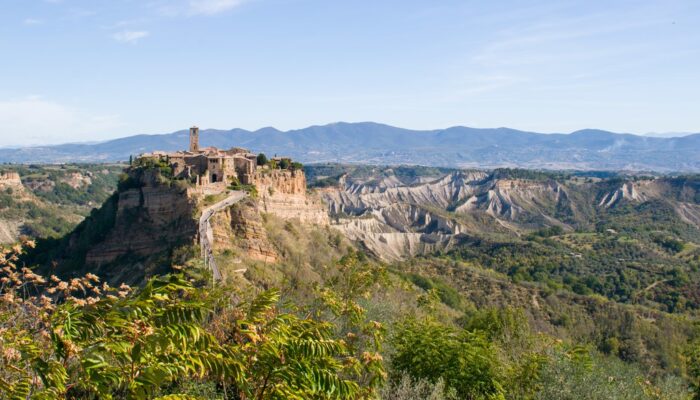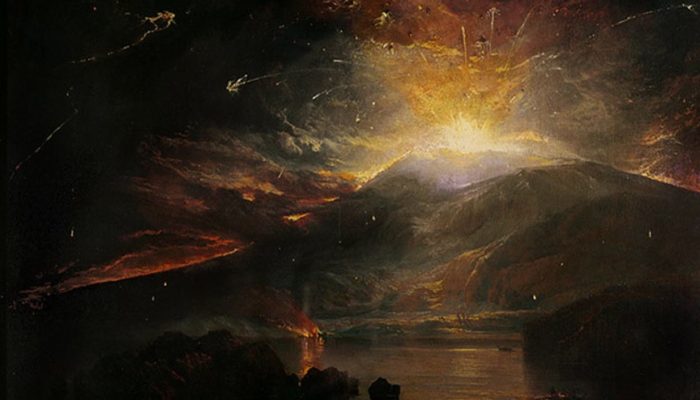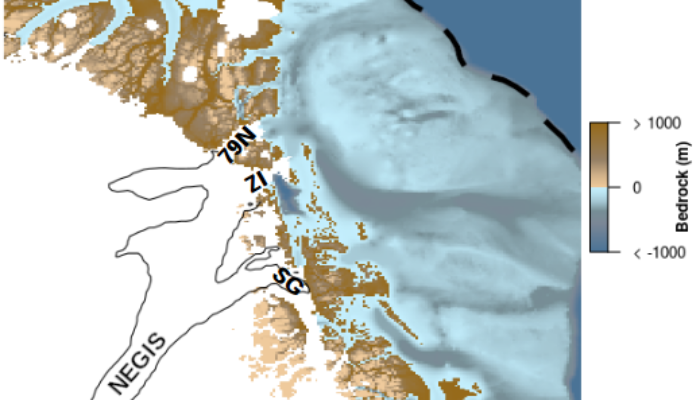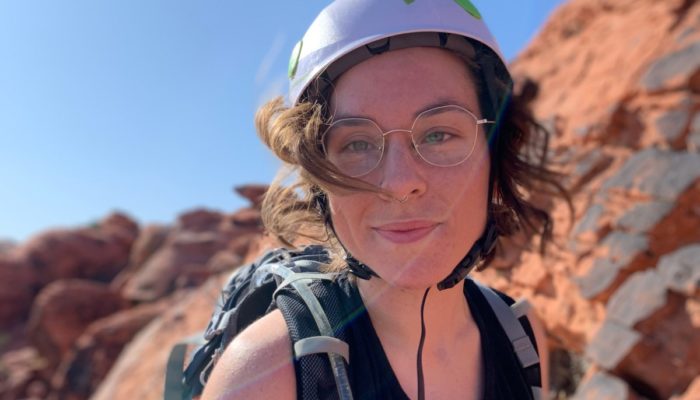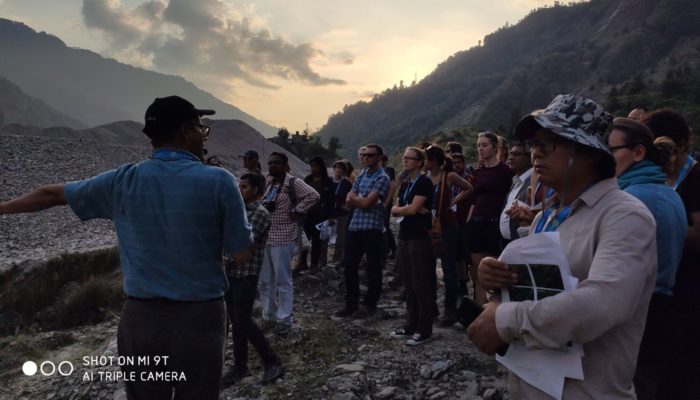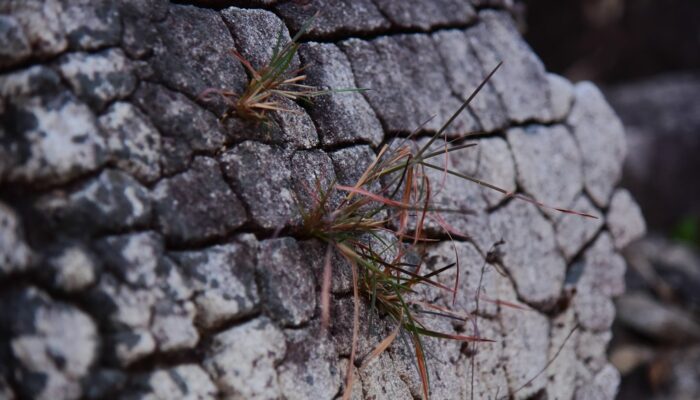The Geodynamics 101 series serves to showcase the diversity of research topics and/or methods in the geodynamics community in an understandable manner. In this week’s Geodynamics 101 post, Marcel Thielmann, Senior Researcher at the University of Bayreuth, discusses the possible mechanisms behind the ductile deformation at great depths that causes deep earthquakes. Earthquakes are one of the expre ...[Read More]
GeoLog
Imaggeo on Mondays: Civita di Bagnoregio – the dying town
On top of a steep cliff standing out from the surrounding countryside, lies the small town of Civita di Bagnoregio, one of the most famous villages of Italy. It is often called the dying town, although more recently people have started to refer to it as fighting to live. What this little town is fighting against is the threat of erosion, as its walls are slowly crumbling down. Located in central I ...[Read More]
Natural Hazards
The bad, the good and the unpredictable: living with volcanoes / part 2
Before continuing, if you haven’t read it yet, catch up with the first part of this blog article by clicking on this link. The good Living with volcanoes is not all bad. Volcanoes provide a wealth of natural resources in the form of building materials, hot springs, freshwater and fertile soil. However, there are more hidden aspects, which was the focus of a recent collaboration with an archa ...[Read More]
Cryospheric Sciences
Did you know… about the fluctuating past of north-east Greenland?
Recent geological data shows that during a very cold phase of our Earth’s climate (between 40,000 and 26,000 years ago), there was a huge expansion of polar ice sheets, yet the north-eastern part of the Greenland ice sheet was less extensive than today. How could this have occurred? In this post we shed light on the potential causes of this ice sheet behaviour. What do we know about present- ...[Read More]
Geodynamics
The Sassy Scientist – Incompetency Check
Every week, The Sassy Scientist answers a question on geodynamics, related topics, academic life, the universe or anything in between with a healthy dose of sarcasm. Do you have a question for The Sassy Scientist? Submit your question here or leave a comment below. After reading up on many of the aspects described for the earthquake cycle that were oftentimes presented through fundamental observat ...[Read More]
Hydrological Sciences
Science as Type II Fun
Autumn had finally arrived – the weather had cooled down enough to start rock climbing outside again in southern Arizona. I was working on scaling a mountain’s cliff face tall enough to be a skyscraper with nearly 15 fellow scientists climbing routes around me. My palms were sweaty with nerves and my muscles were starting to get tired. I questioned what possessed me to climb this huge rock. ...[Read More]
GeoLog
How extreme events impact Earth’s surface: reports from the 6th EGU Galileo conference
Throughout the year, EGU hosts a number of meetings, workshops, and conferences for the geoscience community. While the EGU’s annual General Assembly brings more than 15,000 scientists together under one roof, the EGU Galileo Conferences allows a smaller number of scientists to discuss and debate issues at the forefront of their discipline. In this blog post, the organisers of the 6th Galileo Conf ...[Read More]
Geodynamics
Is the scientific community ready for open access publishing?
How much we pay, as both scientists and the public, for publishing and accessing papers is a hot topic right across the academic community – and rightly so. Publishing houses, and their fees, are big, big business. To which journal we should submit our work is a regular decision we face. But what are the Green, Golden or Hybrid roads? How do pre- and post-prints fit into the journey? In this ...[Read More]
GeoLog
EGU Members: have your say on the direction of the Union
The EGU is a member-led organisation with around 20,000 members from all over the world. To promote the Earth, planetary and space sciences, the EGU conducts many activities ranging from publishing open access journals and hosting geoscientific meetings to organising education and outreach initiatives. As EGU’s representatives and staff members, we work hard throughout the year to ensure the Union ...[Read More]
GeoLog
Imaggeo on Mondays: Rocks weather, soil takes form
This image depicts the soil formation, that is weathering of rock. Soil is actually formed by weathering of rock by physical, chemical and biological methods. This image depicts physical and biological weathering. Physical weathering by the action of temperature and biological weathering by the growth of some species of grass through the cracks. Image clicked from Trivandrum district of Kerala, In ...[Read More]

